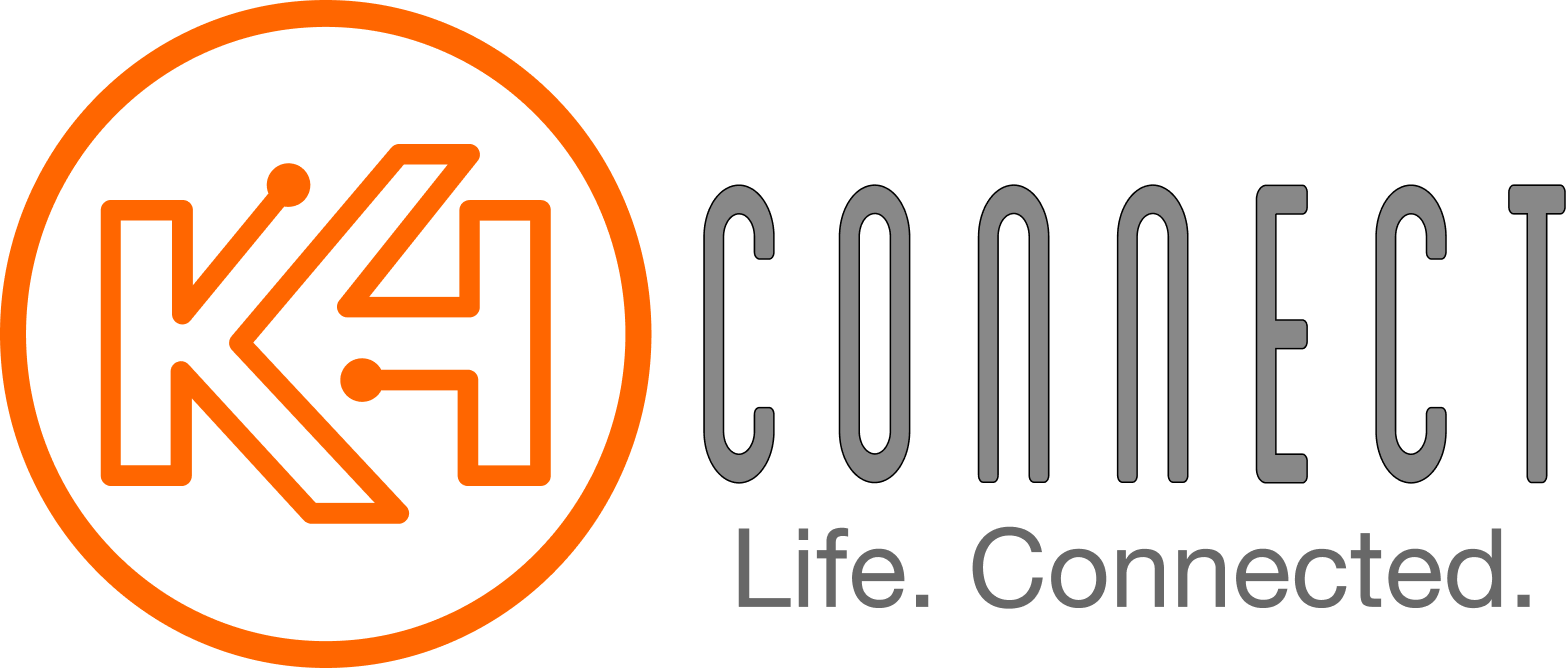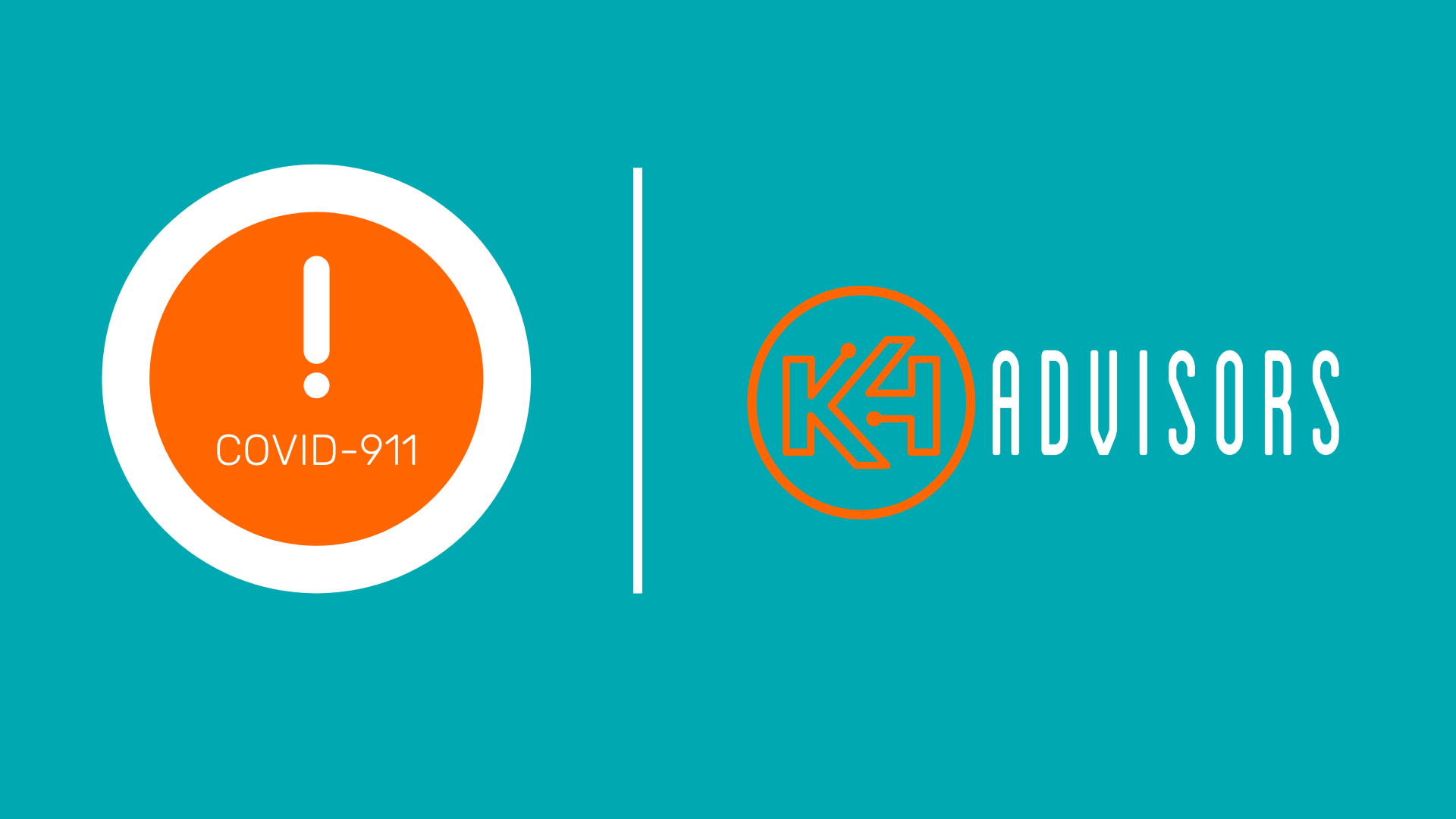“Senior living needs some disruption, beyond just lifestyle changes for older adults, we need disruption and innovation that will lead to exponential progress in caregiving.”
By: Cindy Phillips | Managing Partner, K4Advisors
April 27, 2020
Caregivers are the heroes in senior communities across the country, and COVID-19 has only made that more visible. Especially in assisted living, personal care, and nursing homes, they are an integral part of everyday life and a lifeline for many residents.
The current challenge is really two-fold. One, there are not enough of them and that problem has been prominent in our planning with predictions from entities like Argentum and Leading Age for almost a decade – and it’s forecasted to only get worse. And two, their pay scales fail to or barely reach a living wage, and the alternative jobs at the same scale are often easier or more flexible.
Even worse, during COVID-19, shamefully some are blaming these caregivers for igniting the spread of this pandemic in nursing facilities. They point to a common practice of aides or nurses working in multiple communities, which might be true, but those claims fail to also recognize the realities this workforce is experiencing. They are simply trying to make a living and this practice has been essential to ensuring facility staffing levels are met.
Going forward, it is not clear whether this negative publicity or stress will make the caregiver shortage even worse, but it is evident that the solution is multi-faceted. It cannot be solved by simply more recruiting or more training.
Senior living needs some disruption, beyond just lifestyle changes for older adults, we need disruption and innovation that will lead to exponential progress in caregiving. The COVID era has showcased the value of technology in driving that progress. Here are a few examples:
Voice Enablement – Many stories are being played out on television or the Internet showing older adults using voice assistants such as Alexa and Siri to listen to music, play games or engage with families or friends. Sadly, some even to find companionship in their last hours of life. But they are also being used by residents in senior care communities to get COVID information, community updates, or to reach a remote caregiver at the front desk. These interactive communication assistants are being welcomed by seniors, they empower them to get what they need, when they need it, and in the end enable staff to redirect their time from answering repetitive questions to more critical caregiving duties.
Smart Home Technology – Just like at home, over 100 senior living communities across the U.S. have embraced this technology. With the support of K4Connect’s Home Automation package of smart lights, a thermostat, and a motion sensor have been installed in resident rooms, apartments or cottages. These devices not only provide convenience and safety (especially when tied into the Voice feature above), but also the ability to passively monitor the movement (or absence of it) of an independent living resident who may live alone. This daily “resident check-in” feature is always valuable, but during COVID-19, it has been an incredibly helpful safety net to identify unusual patterns while we are social-distancing. Without a system like this, many community caregivers would have to be making many more daily calls or visits to all residents versus helping those who really needed it.
Wearables/Vital Sign Collectors – The Internet of things (IoT) has brought us so many useful devices and wearables, even to those in the 65+ market. Beyond simple fitness trackers, many seniors are using devices to collect and report their weight, blood sugar readings, and heart rhythms. The COVID-19 outbreak has shown the value of having a wireless personal device to take daily body temperatures and pulse oximeter reading for those with COPD. They now can collect and report this data to a remote nurse or a medical provider. All of this is ultimately saving hours of caregiver time in accomplishing the same, if not more, through remote data collection, monitoring and oversight.
Telehealth – Telehealth has been on our radar as an industry for quite some time and is possibly one of the silver linings of COVID-19. We are finally getting some regulatory relief to use video conferencing to connect older adults to their medical providers. Especially during stay-at-home restrictions, technology is providing a safer, easier screening tool. It is also reducing transportation challenges – which can be unavailable or unpleasant for frail patients and saves caregiver time eliminating a need to accompany them to an appointment.
As a recent Zeigler Senior Living Z-News email confirmed, telehealth can help operators “optimize their workforce” and “direct residents to the most appropriate caregiver for their condition.” Using telehealth goes a long way in ensuring providers and caregivers, both in short supply, are utilized in the most efficient way and it can be a more pleasant experience for the patient.
Maybe talk of digital caregivers or robots seems futuristic, but the scenarios above are not just ideas, they are available and in place today, helping many communities keep their residents safe and they are helping caregiver staff focus their talents and energy on those that need it most. If they can provide relief when the demands on staffing are high, then we are making some progress!
Contact me with questions at Cindy.Phillips@K4Advisors.com, or learn about tools to support older adults and caregiver staff at www.K4Connect.com.

